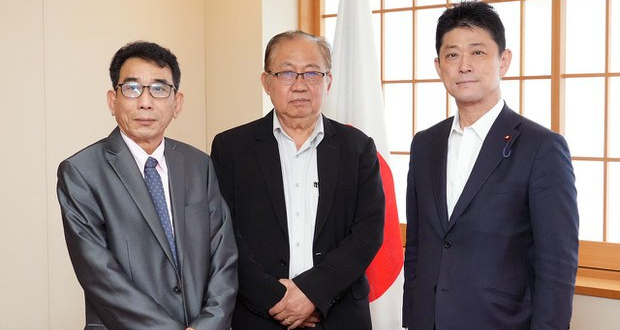The Myanmar representatives held a joint news conference and met Japan’s Parliamentary Vice-Minister for Foreign Affairs, Mr Masahiro Komura. A post-meeting statement released by Japan’s Ministry of Foreign Affairs (MOFA) noted the “exchange of views on the current situation in Myanmar” as well as the continuation of Japan’s efforts to “find a way out of the current impasse through dialogue with various stakeholders in Myanmar”.
The May visit was widely reported in Japanese and independent Burmese news outlets, casting a diplomatic spotlight on Japan’s role as an intermediary in the on-going Myanmar crisis. Japan’s move to engage with Myanmar’s opposition and resistance groups has been described by some observers as a policy shift in its approach to Myanmar. Until now, Japan has primarily focused on maintaining lines of communication with the military junta. While it remains to be seen if Japan has indeed embraced a different diplomatic tact, its interlocutory attempts can complement and help plug the gaps in ASEAN’s mediation efforts, making Tokyo a valuable partner in the regional grouping’s search for a viable resolution in Myanmar.
Japan’s “Middling” Approach
Japan is one of the few countries in the region that has successfully engaged both the military junta and pro-democracy forces in Myanmar.
Japan has strongly condemned the February 2021 coup but kept its diplomatic channels with the junta open. While the United States and most European countries have imposed coordinated sanctions on the junta’s top brass as well as junta-affiliated individuals and entities, Japan is the only G7 member that has refrained from doing so as it is concerned that political isolation and a punitive sanctions package will drive Myanmar closer to China.
Tokyo has also opted for a more nuanced approach with respect to economic aid. It has suspended all new official development assistance (ODA) projects and loans to Myanmar since the coup, but has pressed on with on-going aid projects, with the caveat that these projects will be subject to reviews. For instance, the Bago River Bridge, financed largely by a Japanese ODA loan from an agreement concluded in 2017 and constructed jointly by Yokogawa Bridge and Sumitomo Mitsui Construction was recently completed in June following a delay due to the COVID-19 pandemic. Japan has, however, pulled the plug on additional ODA funding required to complete upgrading works for the Yangon-Mandalay rail line, which was underway since 2018.
Japan’s reluctance to fully halt all economic assistance to Myanmar has been criticised for enabling the regime’s human rights atrocities against civilians and resistance forces. MOFA has defended Japan’s stance by stating that the decision to continue with existing ODA projects was made based on humanitarian considerations and not to support the regime.
The NUG does not have official diplomatic recognition, but Japan is one of eight countries where the NUG has chosen to set up a representative office. Saw Ba Hla Thein, an ethnic Karen who arrived in Japan three decades ago as a refugee, was appointed as the NUG’s representative to Japan. Prior to the Myanmar delegation’s visit to Tokyo in May, NUG foreign minister, Zin Mar Aung, had informally met with Japanese foreign ministry officials in November last year, though the meeting was not publicised and details remain scant.




